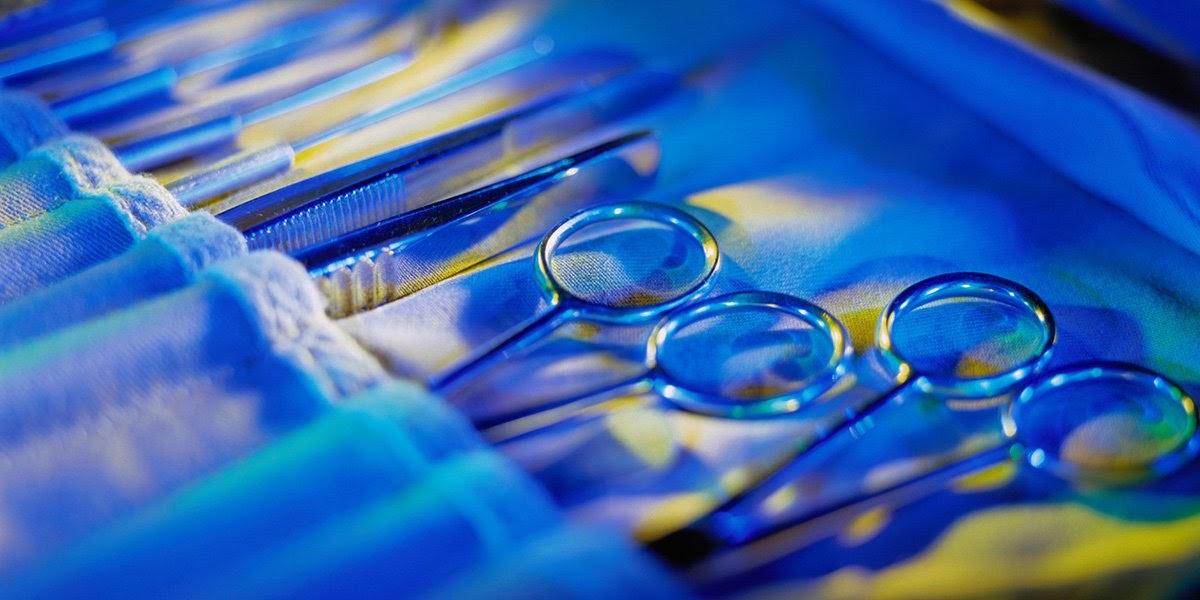Materiovigilance: Ensuring Patient Safety through Medical Device Vigilance

Introduction
Materiovigilance refers to the process of monitoring medical devices and vigilantly collecting information from healthcare professionals, patients and other stakeholders regarding adverse events or near misses related to medical devices. The goal of materiovigilance is to ensure patient safety and quality in healthcare by identifying risks and issues related to medical devices in a timely manner. As medical technology advances at a rapid pace, it is important that we have robust surveillance systems in place to monitor the performance and safety of medical devices post marketing.
What is a Medical Device?
As per the Medical Devices Regulations, 2017, a medical device is defined as any instrument, apparatus, implement, machine, appliance, implant, in vitro reagent or calibrator, software, material or other similar or related article intended by the manufacturer to be used, alone or in combination, for human beings for one or more of the specific medical purpose(s) of:
- Diagnosis, prevention, monitoring, treatment or alleviation of disease
- Diagnosis, monitoring, treatment, alleviation of or compensation for an injury
- Investigation, replacement, modification or support of the anatomy or of a physiological process
- Supporting or sustaining life
- Control of conception
- Disinfection of medical devices
- Providing information by means of in vitro examination of specimens derived from the human body
Activities Covered under Materiovigilance
The main activities covered under a Materiovigilance program include:
- Collecting and compiling data regarding adverse events and malfunctions associated with medical devices
- Investigating the root cause of these issues through proper risk analysis
- Timely reporting of serious public health threats to regulators
- Communicating field safety notices to users when necessary
- Tracking and taking appropriate corrective actions such as product recalls
- Maintaining a national/regional database for data collection and analysis
- Ensuring robust post-market surveillance systems are in place
- Reviewing data periodically to identify any specific devices, user errors or other safety issues that need attention
- Communicating regularly with clinicians and patients regarding good usage practices
- Supporting regulatory authorities in their regulatory functions
Benefits of Materiovigilance
A well-functioning materiovigilance program offers several important benefits:
- It helps to identify unexpected adverse events, performance issues or gaps in current knowledge at an early stage. This enables timely corrective actions to be taken.
- Through systematic data collection and risk analysis, rare or long-term effects can be detected which otherwise may go unnoticed.
- Tracking and investigating issues aids in determining if design, manufacturing or user related factors are responsible. This helps drive meaningful improvements.
- Communication of safety alerts and recalls helps healthcare professionals and patients be aware of risks and take appropriate measures.
- The data collected provides valuable real-world evidence on device safety that can inform regulatory decision making and surveillance priorities.
- It promotes a culture of safety and quality within the medical devices industry as well as healthcare facilities.
- An effective post-market surveillance system reassures stakeholders about continued oversight of marketed medical technologies.
Challenges in Materiovigilance
While materiovigilance aims to enhance patient safety, there are several challenges faced:
- Under-reporting of adverse incidents by healthcare professionals due to lack of awareness or additional workload.
- Difficulty in definitively attributing an adverse event to a particular device when patients have multiple comorbidities and are on polypharmacy.
- Limited long-term data available as many products are approved based on shorter clinical trials. Rare or delayed complications may not emerge for several years.
- Resource and infrastructure constraints in developing appropriate IT systems, training manpower and establishing national/regional vigilance networks.
- Ensuring the quality and integrity of collected data which forms the basis for subsequent risk-benefit analyses and policy decisions.
- Striking a balance between timely communication of safety issues without causing an adverse impact on public trust or unnecessary device withdrawals.
- Coordination challenges between various stakeholders - manufacturers, healthcare facilities, clinicians, regulators and patients. Standardized processes and data sharing protocols need strengthening.
- Evolving regulatory landscape globally with differing requirements across jurisdictions. Facilitating international cooperation and learning from best practices.
The Way Forward
To optimize the outcomes from materiovigilance initiatives, focused efforts are required to:
- Raise awareness about importance of reporting and strengthen surveillance through targeted training programs.
- Incentivize adverse event reporting and improve access to user-friendly reporting portals.
- Strengthen data management capabilities through unique identification codes, biobanking of implants etc.
- Foster multidisciplinary collaborations involving clinicians, manufacturers, IT experts and patients.
- Engage international partners to build upon each other's capabilities through knowledge sharing.
- Continuously upgrade and refine existing regulations based on new scientific evidence from real-world experiences.
- Consider methods to augment traditional oversight with digital health solutions leveraging artificial intelligence and big data analytics.
Conclusion
As medical devices get sophisticated with each technology cycle, ensuring their safety throughout the product lifecycle becomes crucial. A diligent and responsive materiovigilance system holds the key to timely risk mitigation, continuous improvement and protection of public health. With collaborative efforts and ongoing updates, it can effectively enhance the balance between innovation and oversight in healthcare.
Get More Insights On Materiovigilance
- Art
- Causes
- Crafts
- Dance
- Drinks
- Film
- Fitness
- Food
- الألعاب
- Gardening
- Health
- الرئيسية
- Literature
- Music
- Networking
- أخرى
- Party
- Religion
- Shopping
- Sports
- Theater
- Wellness
- IT, Cloud, Software and Technology


